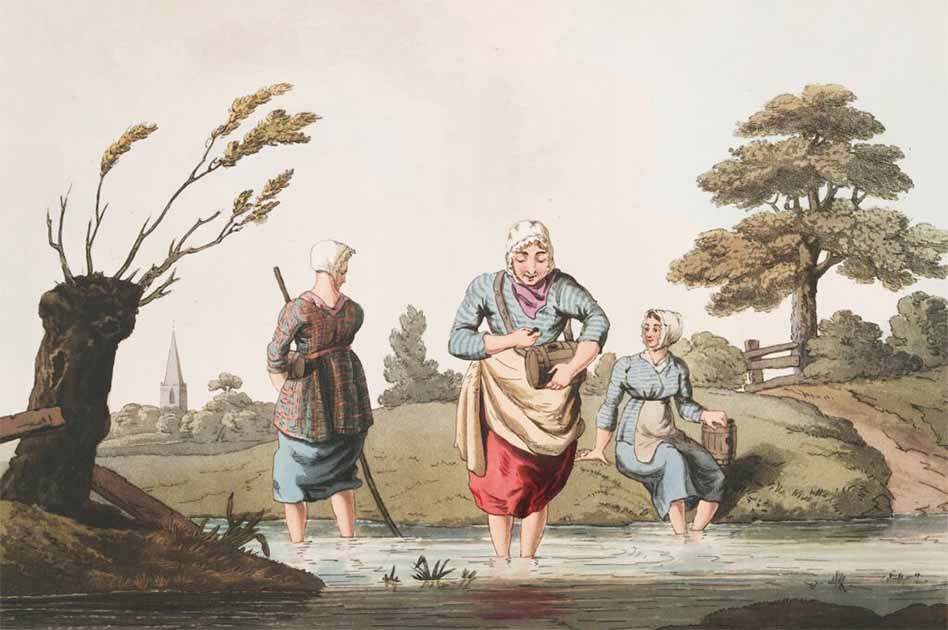Leech Collectors Used Amputated Legs to Procure Leeches
When it comes to historical jobs that will make your skin crawl, leech collecting certainly tops the list. While today, leeches might be an oddity or a relic of ancient medicine, they were once essential in treatments spanning various ailments. Tracing its roots back to ancient Egyptian medicine, the little bloodsuckers were seen as a crucial element in the medical world.
A Gory Gathering: The Life of a Leech Collector
If you happened to live in the 1700s or 1800s and were engaged in the profession of leech collecting, your daily tasks would have been, to put it lightly, blood-curdling. Tasked with procuring leeches for medical purposes, these gatherers sought these slippery creatures from their murky habitats: bogs, marshes, and other swampy areas.
But how exactly did they attract these leeches? The more daring, or perhaps desperate, used amputated human limbs or decrepit horses as bait. However, the majority, often for reasons of affordability, used their own legs. The sensation of countless leeches clinging to one's legs and drawing blood might sound nightmarish to us, but it was all in a day's work for these collectors.
However, patience was essential in this line of work. You couldn’t just pluck a leech off upon contact. Leeches took their sweet time - approximately 20 minutes - to fill up on blood before they could be conveniently removed. And with each leech came the loss of blood, and possibly the transmission of diseases, leading many in the profession to grapple with infections and blood loss.
- Ancient Maggot and Leech Therapy Sees Revival to Fight Antibiotic Resistance
- Bleeding Your Way to Health: The Horrible History of Bloodletting

A medical practitioner administers leeches to a patient. Source: Wellcome Images / CC by SA 4.0.
From Essential to Expendable: The Decline of Leech Collecting
By the mid-19th century, leech collecting had burgeoned into a full-fledged industry. Astonishing numbers, like 30 million leeches exported from Germany to America annually and a whopping 42 million imported by France in 1833, highlight the scale of this industry. But by the 1850s, a combination of over-collection and burgeoning skepticism about the medical value of bloodletting saw the decline of wild leech gathering. The once-abundant leeches became rare in many parts of Europe, and their increased cost further diminished their appeal in traditional treatments.
Today, the ancient practice of bloodletting using leeches has seen a resurgence in specific modern medical treatments. Recognizing their value, in 2004, the FDA classified leeches as medical devices. Now, leeches play a role in treatments like draining blood from congested wounds or assisting in severed finger reattachments. But, these modern medicinal leeches are farmed, ensuring both their availability and safety, leaving the gruesome job of the leech collector firmly in the annals of history.
Top image: Leech Finders, from the print collection Costume of Yorkshire (1814), by artist George Walker and engravers Robert and Daniel Havell. Source: New York Public Library.
By Joanna Gillan

















